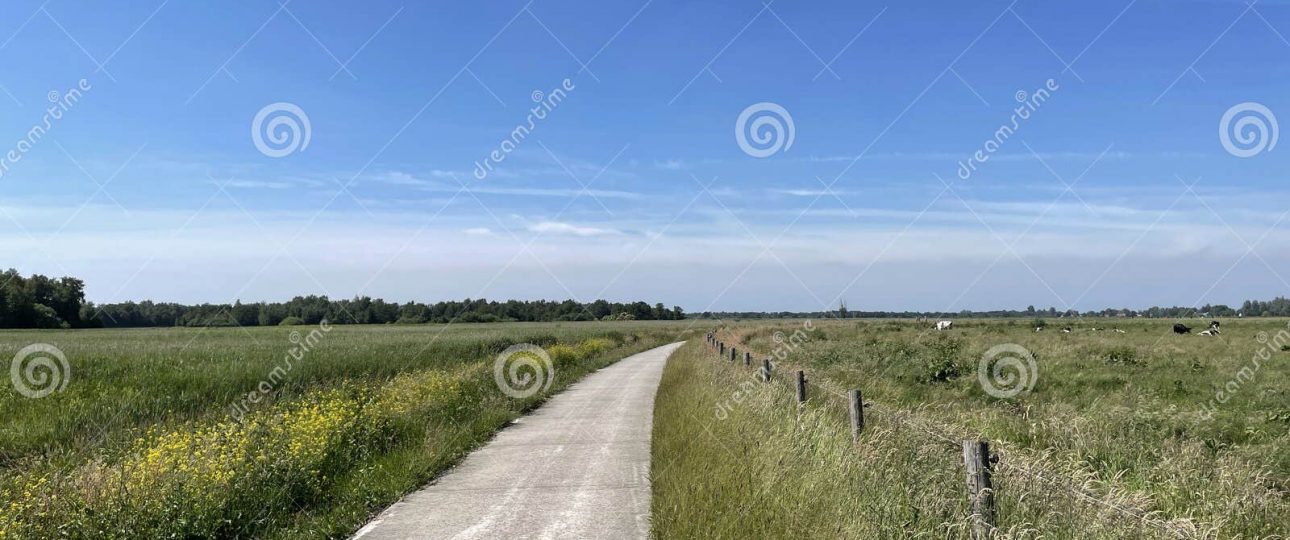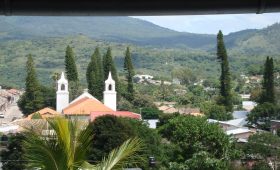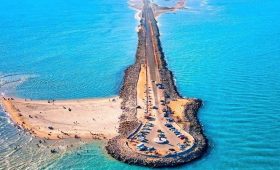About Weerribben-Wieden National Park
Weerribben-Wieden National Park, located in the Netherlands, offers a unique experience for nature enthusiasts. Spanning approximately 100 square kilometers, it is home to the largest bog in northwestern Europe. The park comprises two areas: De Weerribben, protected since 1882, and De Wieden, added in 2002. Historically, peat production was significant here until the end of World War II, and cane is still produced in some areas.
The Unique Beauty of Weerribben-Wieden
The park’s landscape is characterized by a network of canals, lakes, and marshes, supporting a rich variety of plant and animal life. Visitors can spot rare orchids, colorful butterflies, and the elusive European Otter. Birdwatchers will appreciate the presence of species like the Black Tern, Bluethroat, and Eurasian Bittern. As reed cutting declined, bog forests emerged, providing habitats for ducks and other wildlife.
The Best Time to Visit Weerribben-Wieden
Spring and summer are ideal for visiting Weerribben-Wieden. In spring, the park blooms with flowers, creating stunning vistas. Summer offers warmer weather, perfect for exploring the waterways by boat or kayak. Winter transforms the park into a serene landscape, with frozen canals ideal for ice skating.
How to Get to Weerribben-Wieden
Accessing the park is straightforward. From Amsterdam, take a train to Steenwijk, the nearest town. From there, you can rent a car, take a bus, or cycle to the park. The bus ride offers scenic views of the Dutch countryside, while cycling provides a more immersive experience.
Exploring Weerribben-Wieden
Start your visit at the Bezoekerscentrum Wieden in Sint Jansklooster for maps and information. The park is best explored by foot, bike, or canoe. Hiking trails range from short paths like the 1-km “vlonderpad” to longer routes combining the 4-km “veenweidepad” and the 4.5-km “kiersche wijdepad.” Biking routes, such as the 34-km and 40-km trails, offer a broader view of the park’s landscapes.
Local Transportation
Cars are not allowed in most parts of the park, so walking, biking, and canoeing are the primary modes of transportation. Canoes are available for rent at several locations, providing an excellent way to explore the waterways. In winter, ice skating on the frozen canals is a popular activity.
Notable Landmarks
Visit the Windmill The Wicher near Kalenberg, a reconstructed drainage mill open to visitors during the summer. The park’s diverse landscapes include open fields, forests, and water bodies, with designated viewpoints offering spectacular vistas.
Dining and Accommodation
Several establishments in and around the park offer food and drinks, often located along the water or in nearby villages. Many can arrange boat trips or other activities. For a comprehensive experience, consider staying at a local hotel with restaurant facilities.




